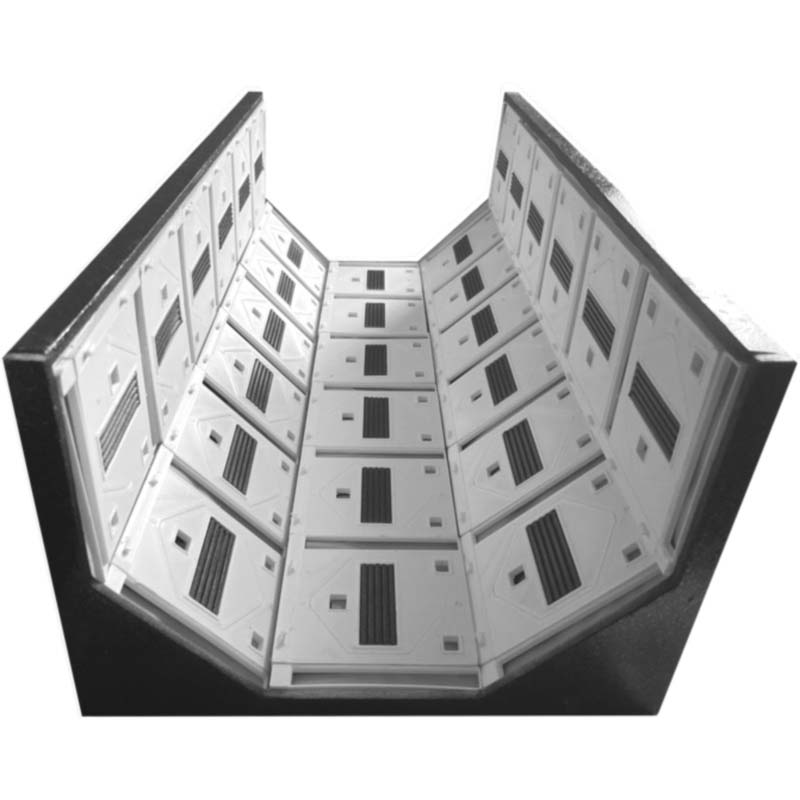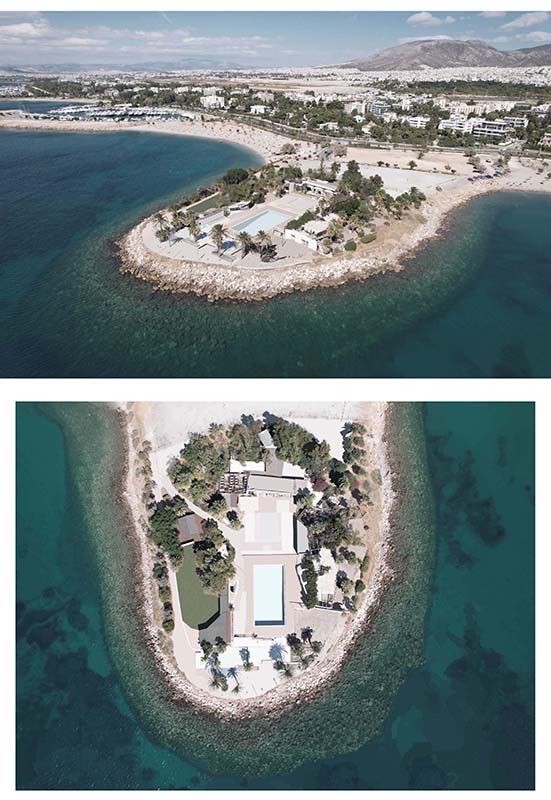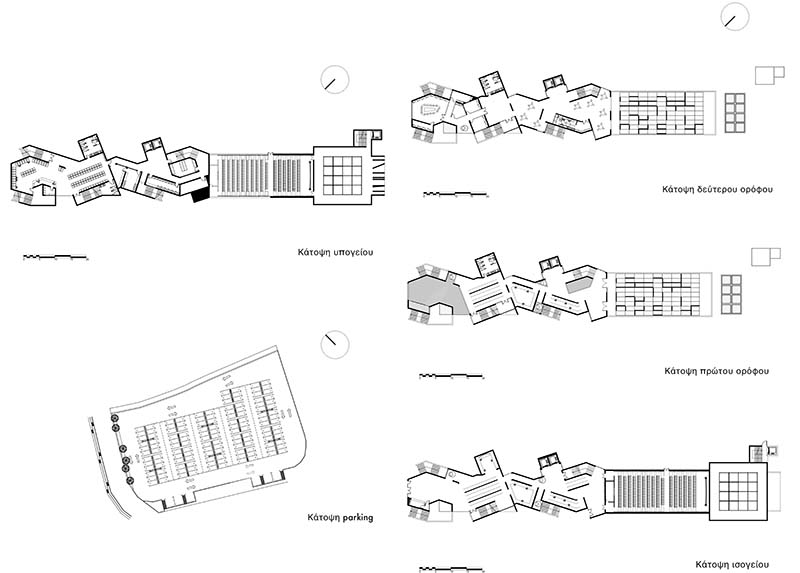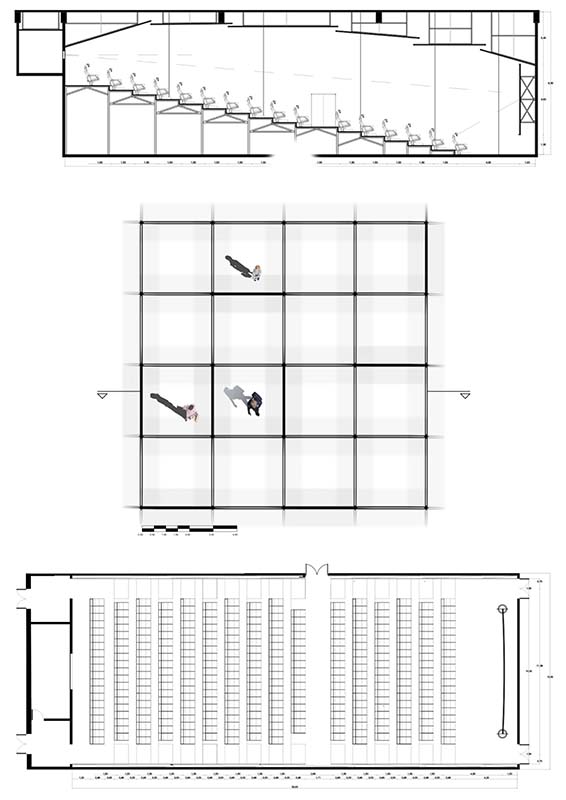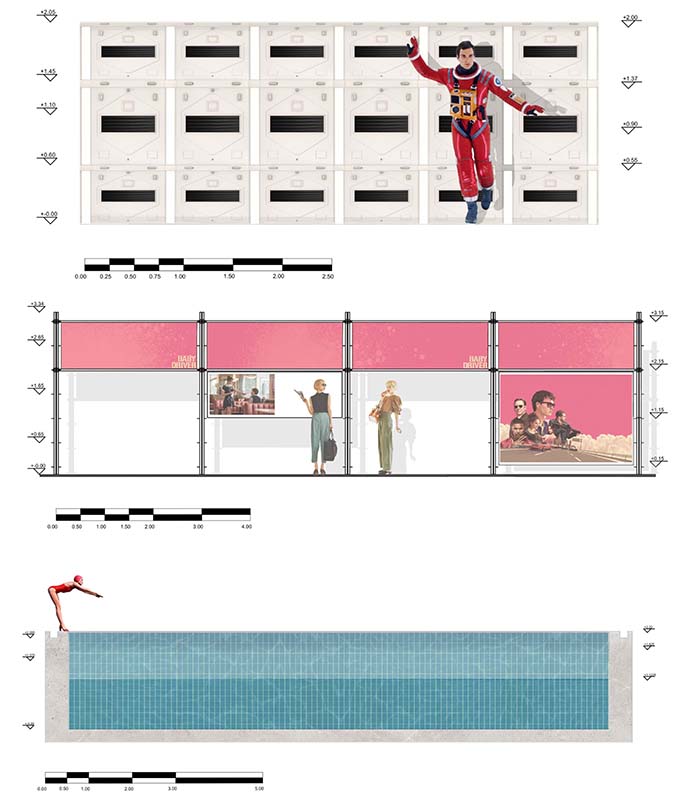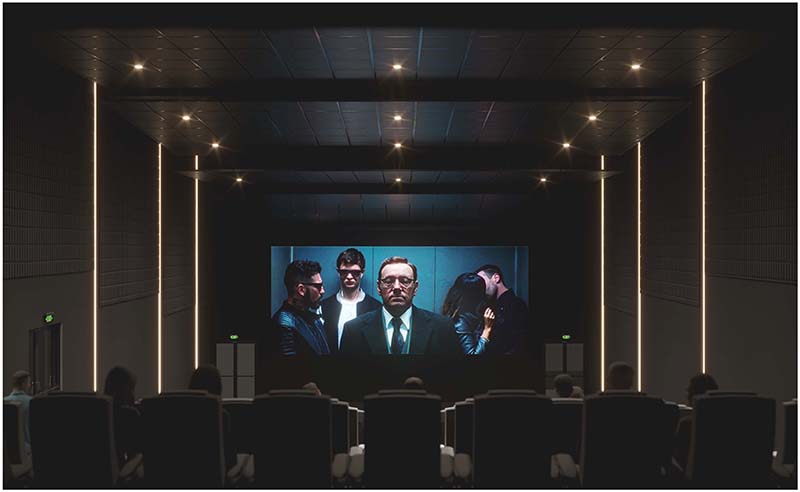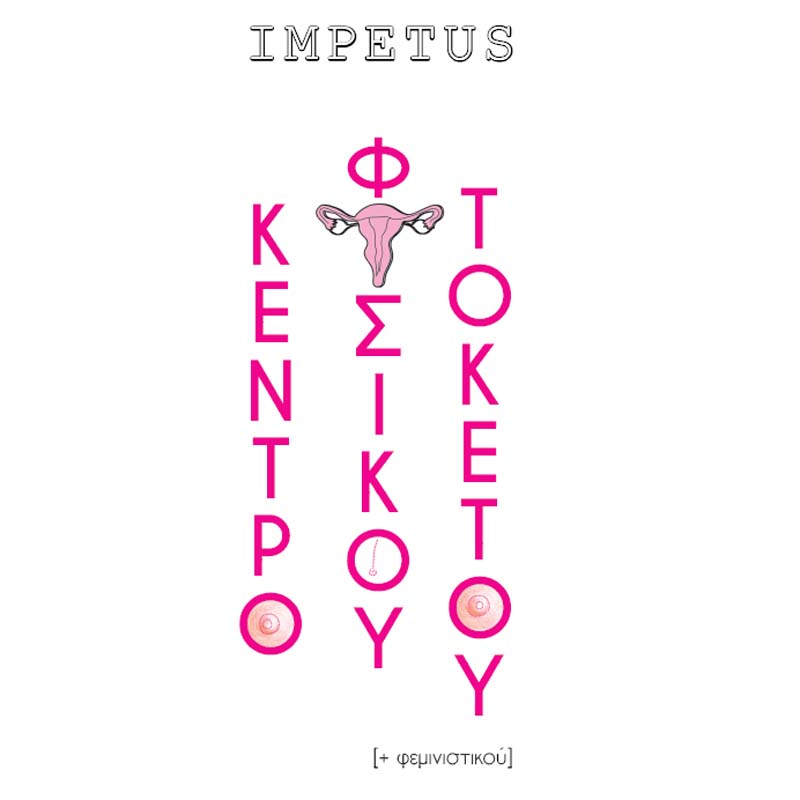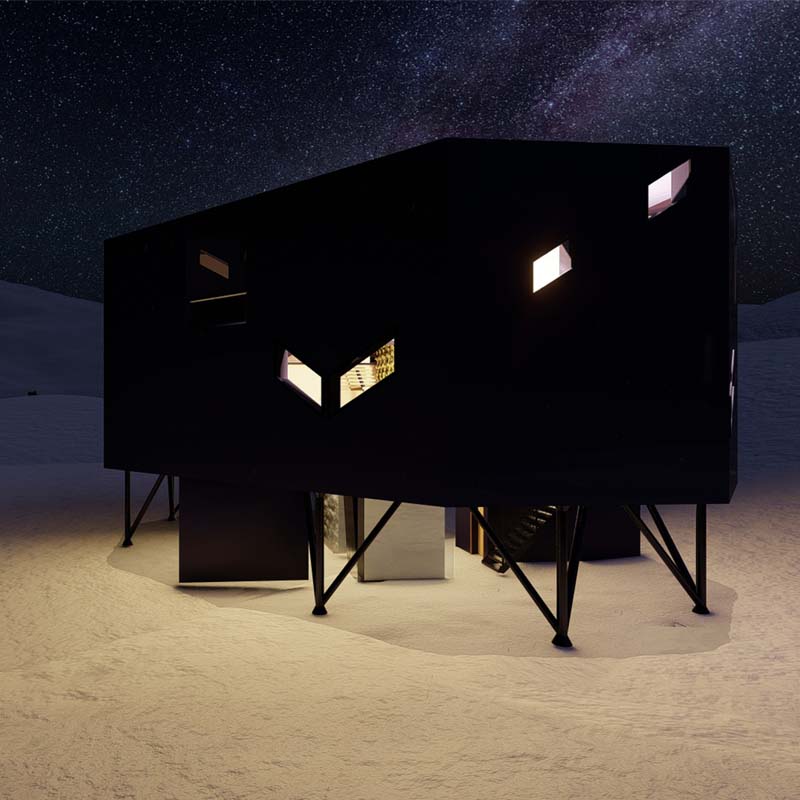

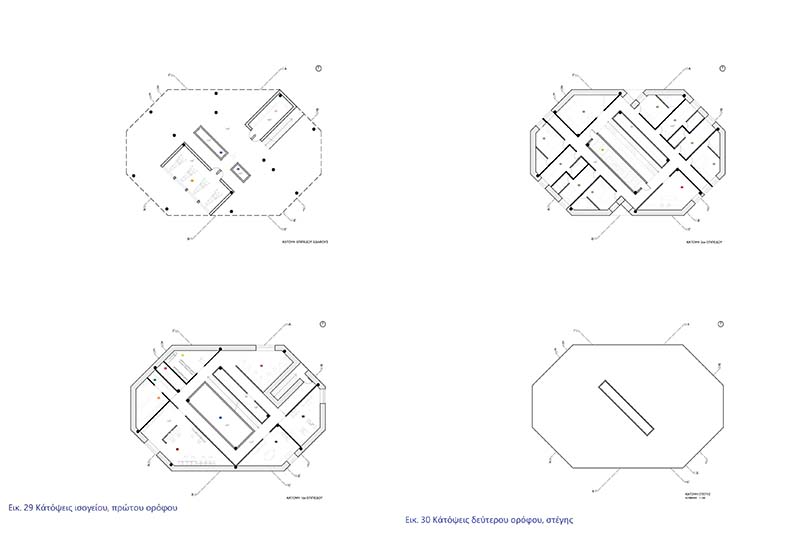

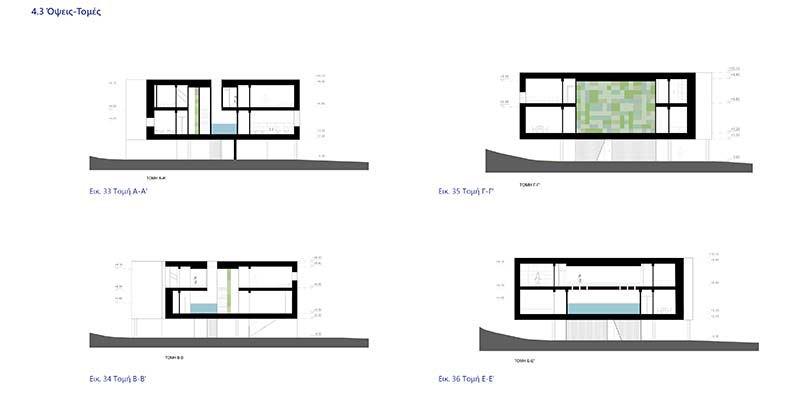



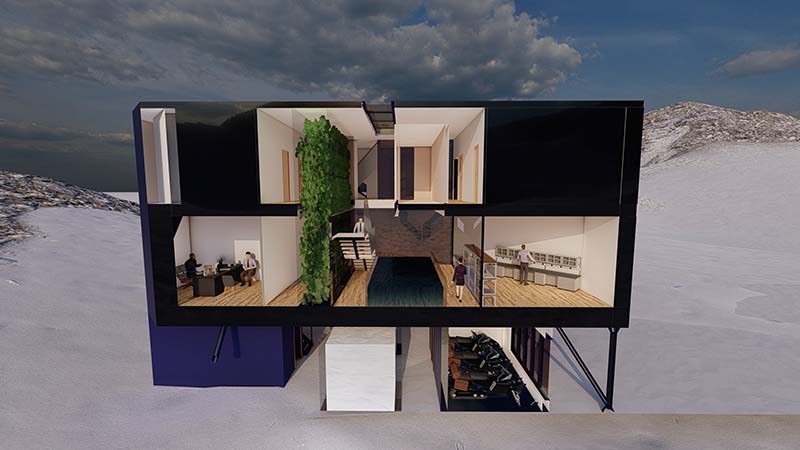

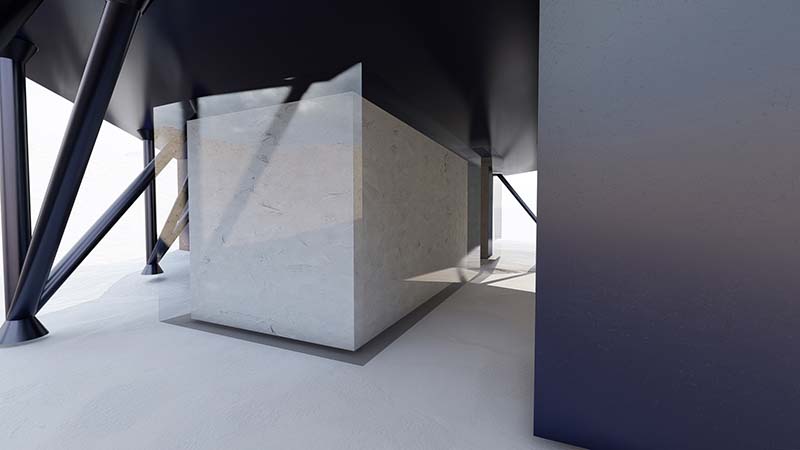

This research paper deals with the construction of a residential unit in extreme environmental conditions. Thus, the Antarctic region is chosen, being the driest and coldest desert. Of course, in addition to its inhospitable environment in terms of climatic data, this particular part is also the main "homeostatic mechanism" of the global climate system, making a key contribution to the balance of ecosystems. However, with the rise of CO2 gas emissions in recent decades, this Antarctic mechanism is hindered, causing a number of environmental issues. The study of regulatory factors has been undertaken for years by research stations in this area. After a relevant examination of these, mainly in terms of the structural features and the building program, elements emerged, which I use as tools for the study. The main synthetic principle is water and the changes in its natural state. Thus, from the ground floor level, where the ice is stored, one reaches the first floor, where a water tank is placed, thus producing the phenomenon of melting. Then, on the second floor, the sauna is integrated into the architectural plan of the proposal. In this way, the phenomenon of evaporation is observed. In addition, due to the lack of both vegetation and fresh food, the adoption of vertical hydroponics is chosen, using the waste of the water tank, in which fish thrive. The main circular traffic in the building makes it easy to get out of the research station in case of fire. In addition, the use of a multitude of energy systems and thermal insulation materials serves to further shield the building from very low temperatures. Such an example is the special construction of openings, which absorb CO2 for energy production, thus functioning with a dual role.
Supervisor: Vrontissi Maria
Reference Number: 973
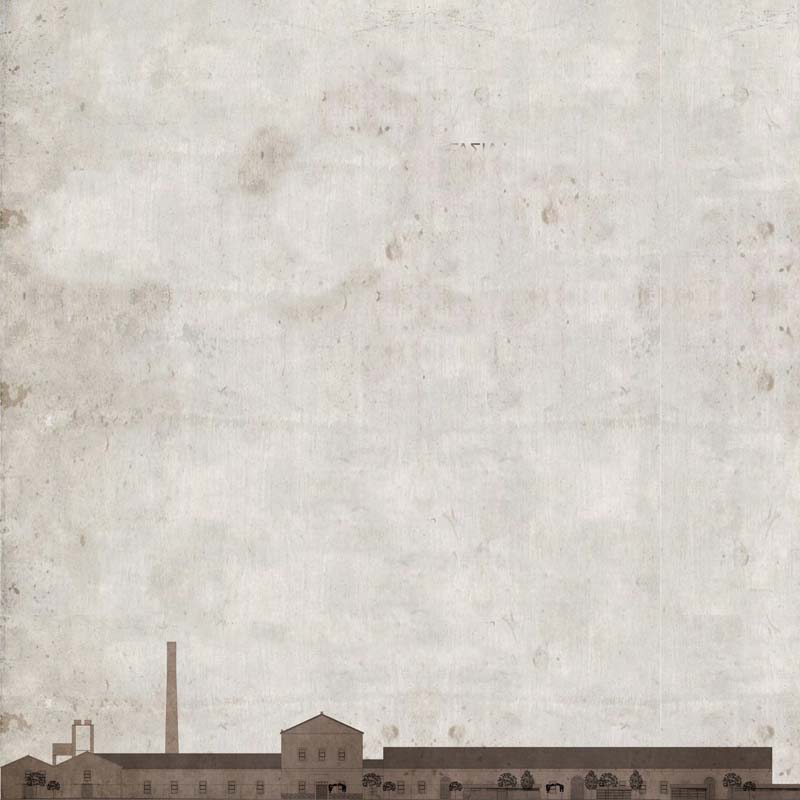

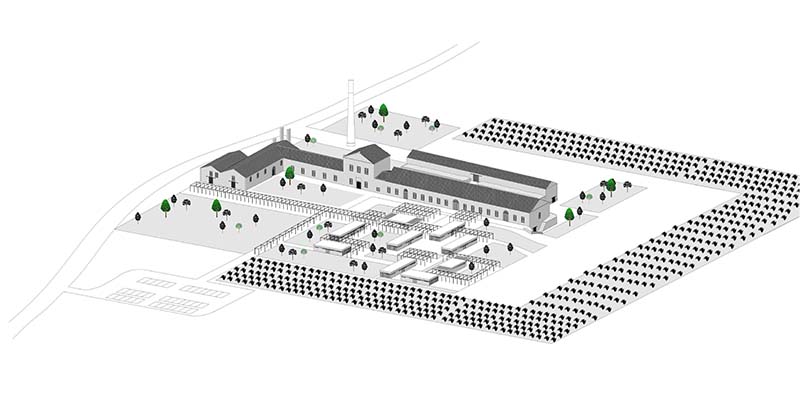

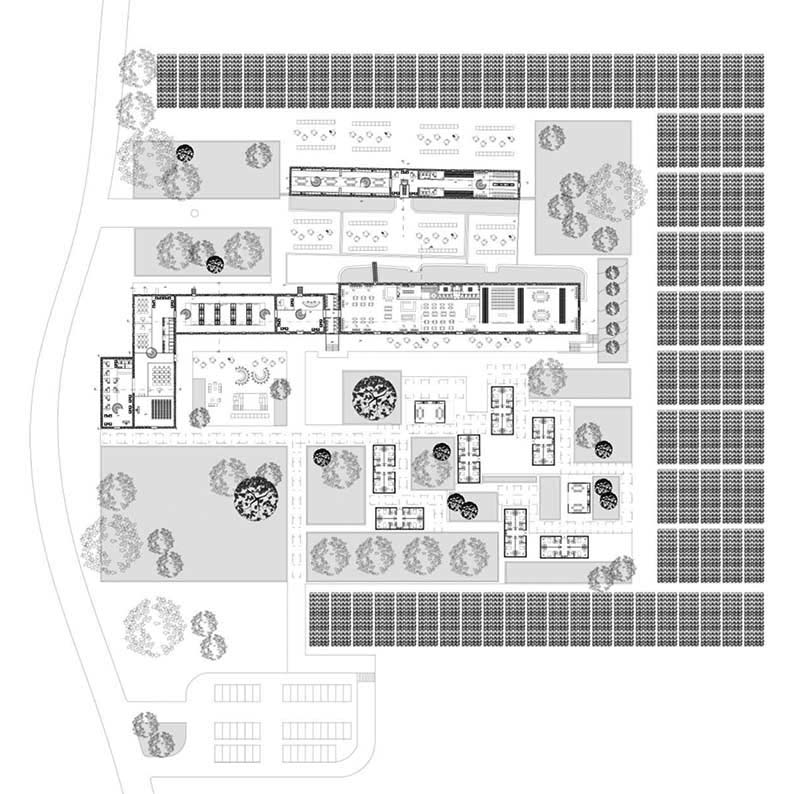

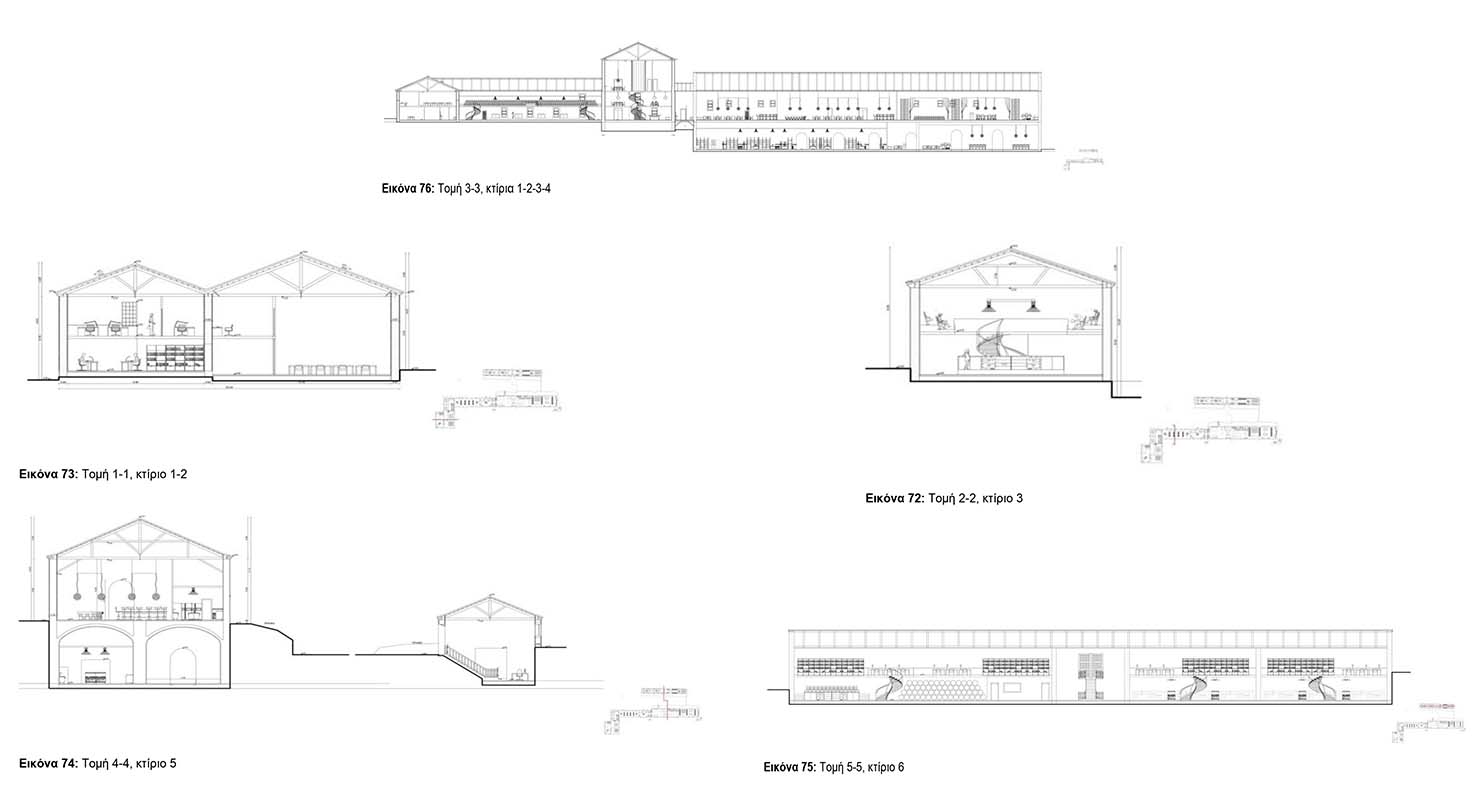

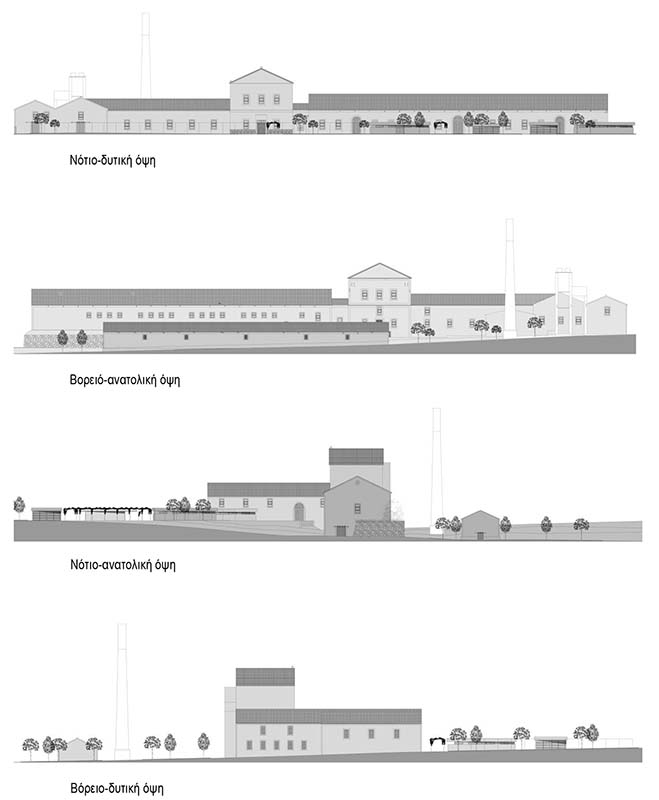

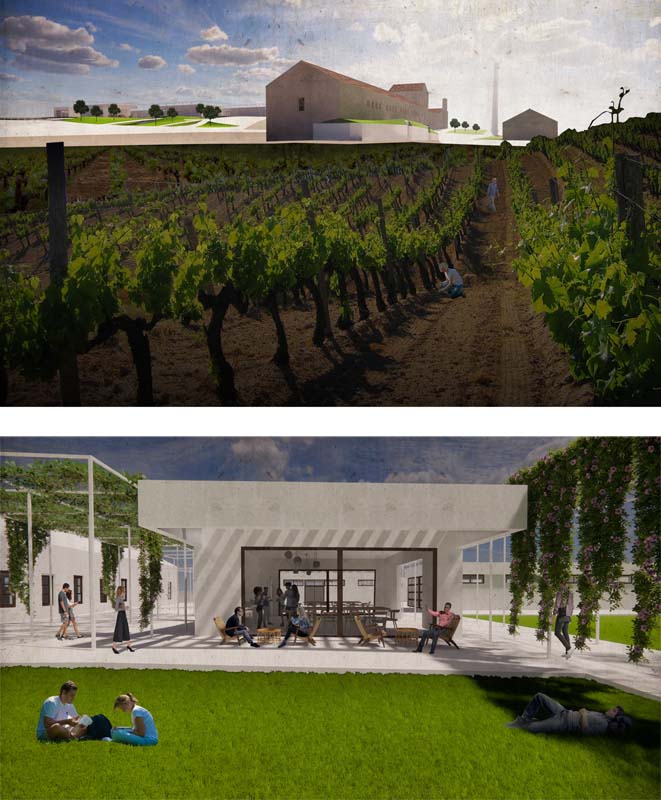

The present diploma thesis titled “Campio 19 Restoration of a preserved winery and reuse as a winery and culinary school of arts” by Stefania Ketsi and supervising Professor Mrs. Evelyn Gavrilou,concerns the reuse of an old winery that has stopped operating since the 1990s and has been classified as preserved. The reuse proposal aims to reactivate it by giving it a new use that does not completely conflict with the original one. In order to do this, it is necessary to study the structure of the preserved part of the building complex and record the architectural and morphological elements of the preserved buildings, their Supporting Organisation, and their current state (description of damage) and finally to propose the way to restore and reuse it . The works proposed in this work are of a rescue nature. The proposal initially concerns the reuse of the old factory as a School of Culinary Art and Winemaking, preserving the style and character of the complex and respecting its history, thus highlighting its special characteristics and enriching it with new modern functions, such as catering uses. A modern school is being created and at the same time an all day café, a fine dining as well as tasting rooms and events related to winemaking. The campus also offers the possibility of hosting students with the creation of hostels and the available areas of the property can be used for vine cultivation.
Supervisor: Gavrilou Evelyn
Reference Number: 964
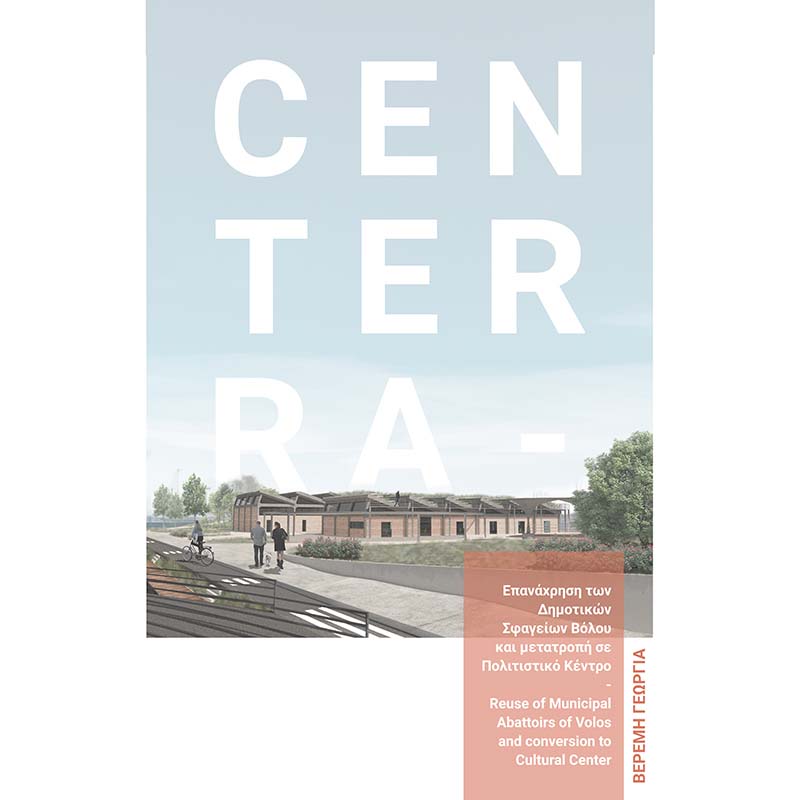

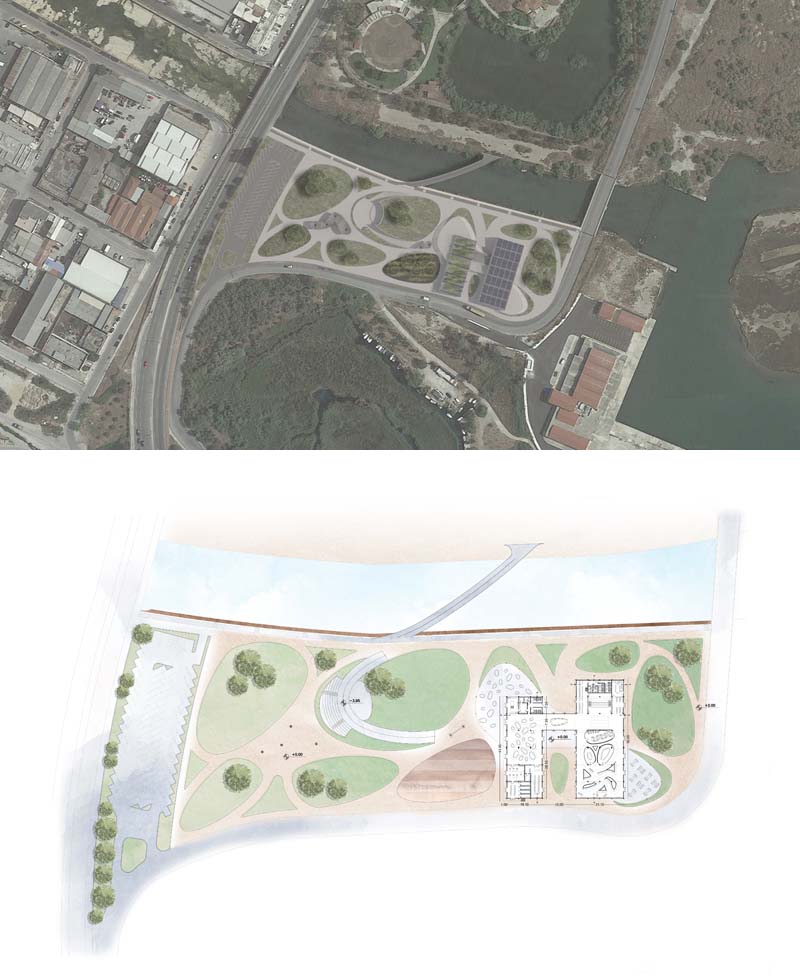

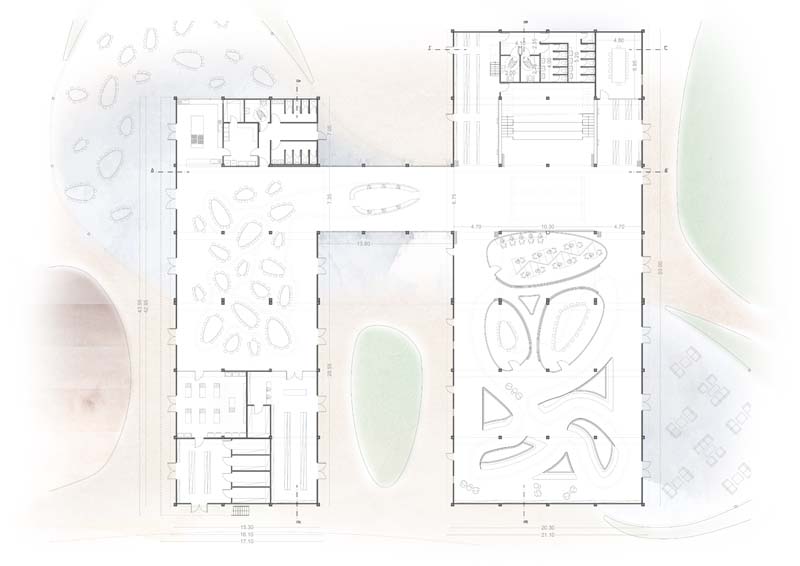

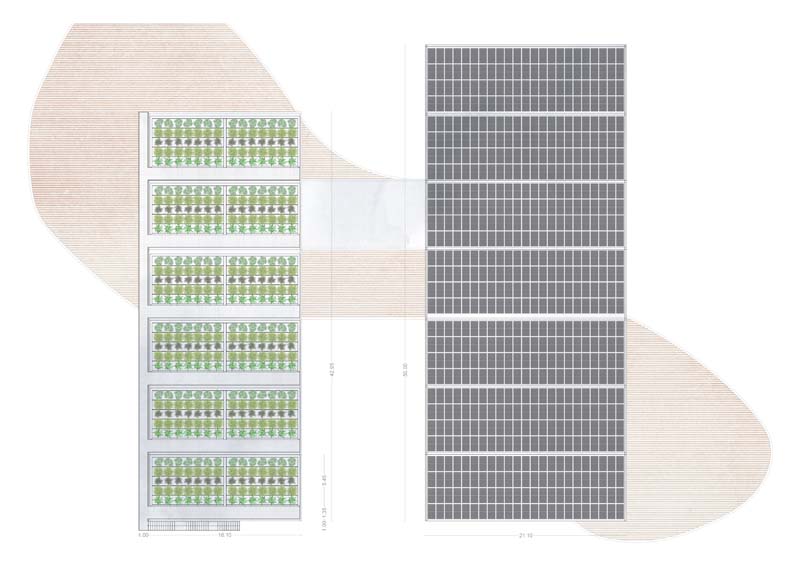

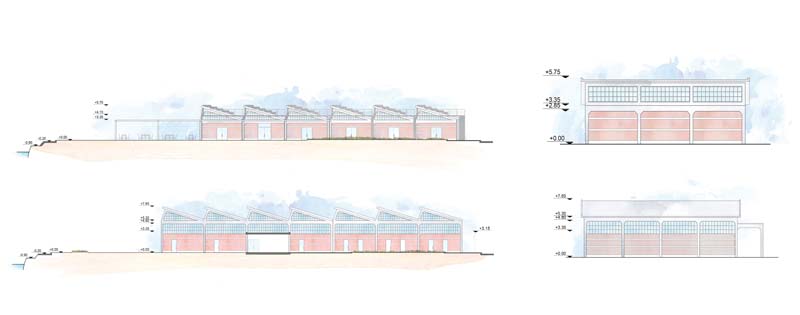

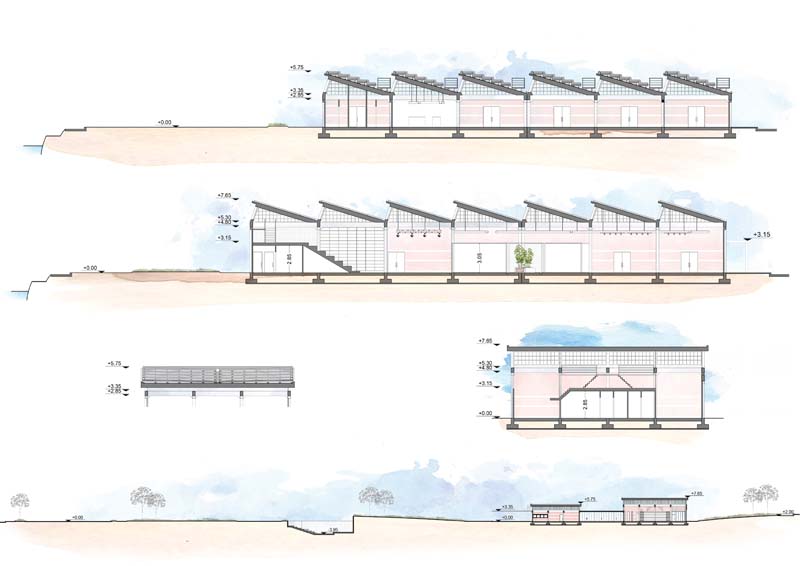

The present thesis aims at the promotion of the old Volos Municipal Abattoirs and the protected area of the Xiria stream, proposing the reuse of the existing buildings and their conversion into a Cultural Centre, as well as the “revitalization” of the wider site.
The construction of these buildings, on Athinon Avenue, was decided in 1954, as due to an almost threefold increase in the population, the old building did not meet the needs of the people. The construction of the building lasted from 1959 to 1961. However, after several years, it was deemed unsanitary and was abandoned.
The proposed intervention aims, firstly, to restore the ecosystem of the protected area of the site, and then to create a cultural centre with the main feature of ecological autonomy and the production of edible materials, in order to bring people closer to production.
The visitor will be able to take part in the agricultural processes of the complex, redefining the product-consumer relationship, as, due to the “chain” of activities offered, he will have the opportunity to cultivate, collect the products produced and cook with them various Thessalian recipes.
At the same time, visitors will have the opportunity to study, attend conferences and performances, attend exhibitions and other activities proposed in the new programme.
Supervisor: Remy Nicolas
Reference Number: 956
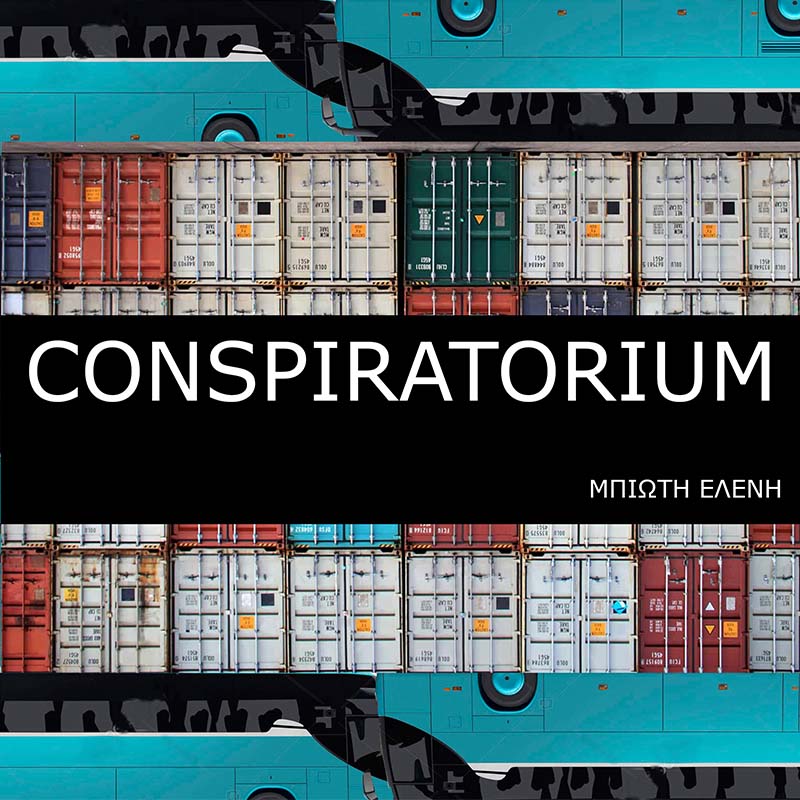



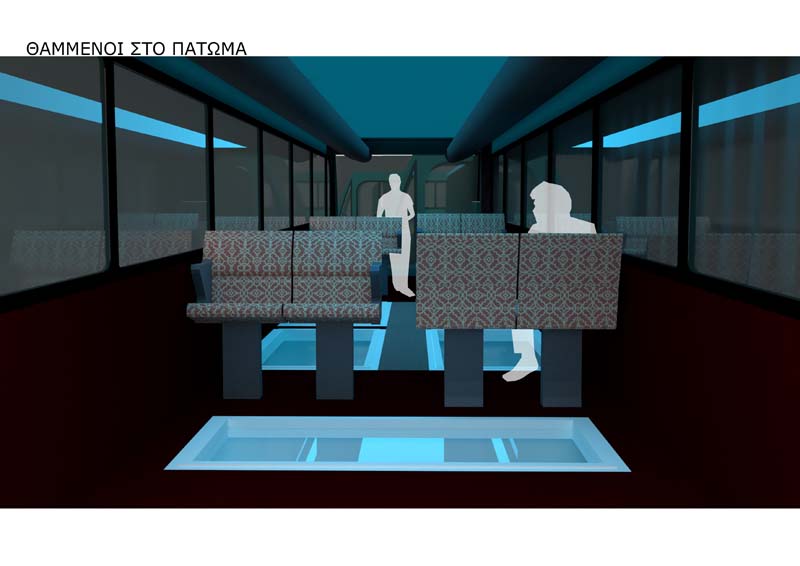



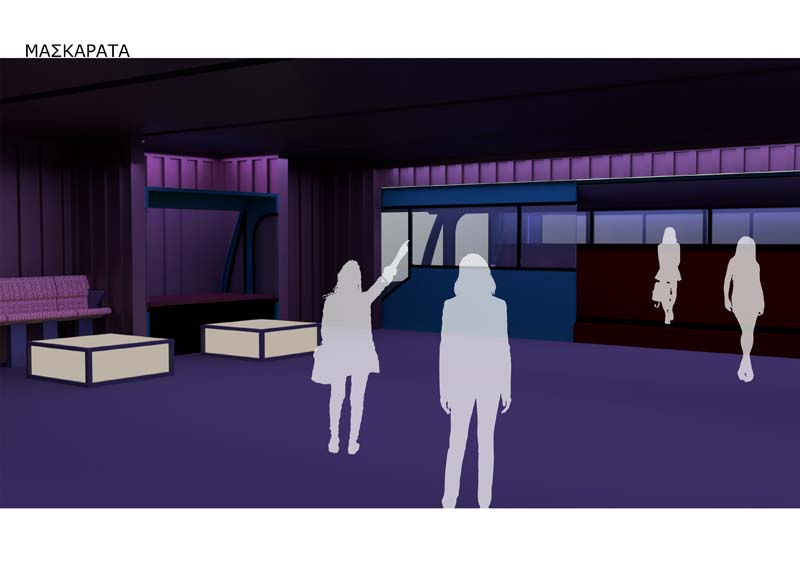

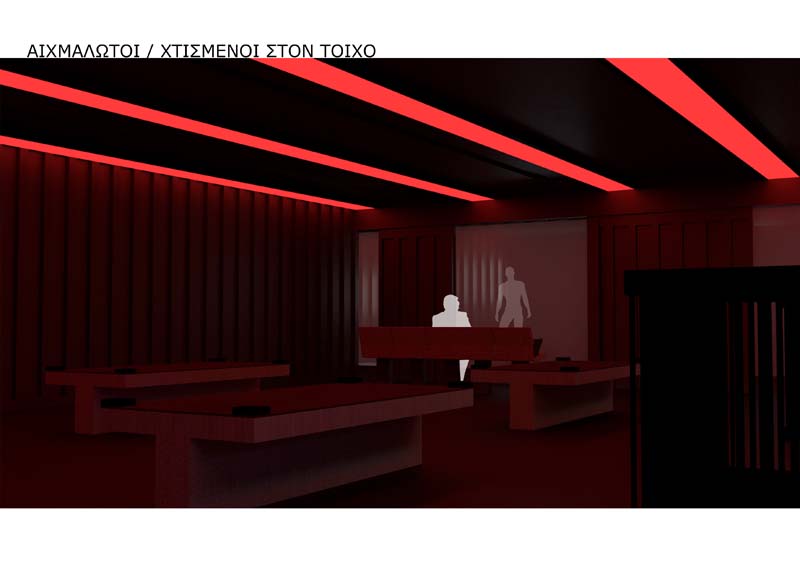

This diploma thesis aims to study and create a conspiratorial space. A redefinition of the erotic space is attempted through the prism of horror elements. The concept of a secret, forbidden and dangerous space is being explored.
Georges Bataille in his work mentions that shame and guilt are very important elements of eroticism, therefore prohibition and transgression are universal practices – in most societies. The places in which the manifestations of modern eroticism are isolated are heterotopias according to Foucault. These heterotopias are increasingly necessary in today's societies.
This project is about designing a nightclub, which emerged from studying the work of Edgar Allan Poe. Combining the horror elements of Poe's short stories with the erotic dimensions that are sometimes revealed if one studies the situation separately, a very interesting combination of functions emerged.
The site that was selected played a very important role in the development of the project. A yard of abandoned buses and containers was chosen, which is located outside the city of Larissa, to which one can only access by car. So it is a reuse of unusual materials and shells, as no concrete is used and all the spaces result from the assembly of buses and containers. Through the aesthetics of decline and abandonment, the experience of conspiracy is enhanced.
Supervisor: Psychoulis Alexandros
Reference Number: 932
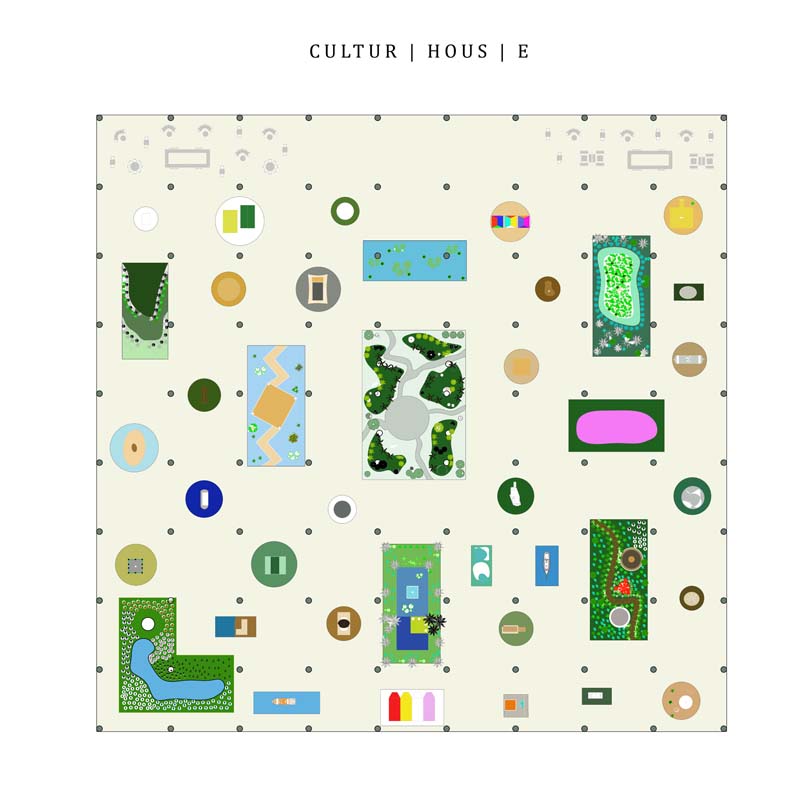

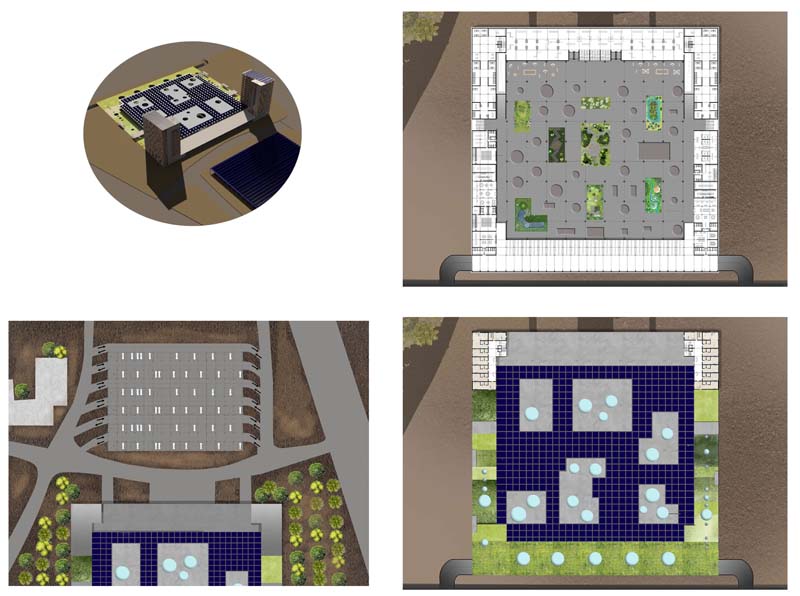

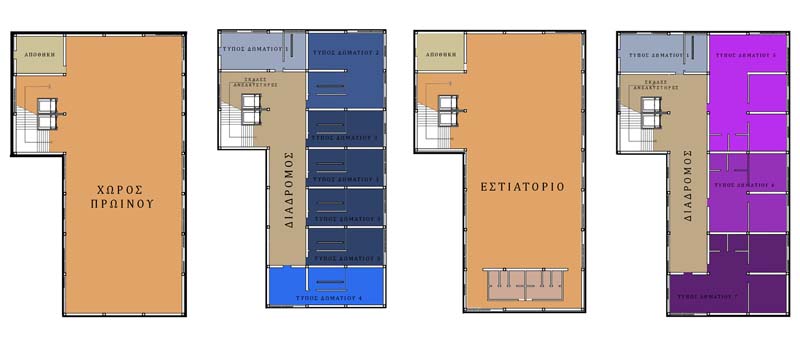

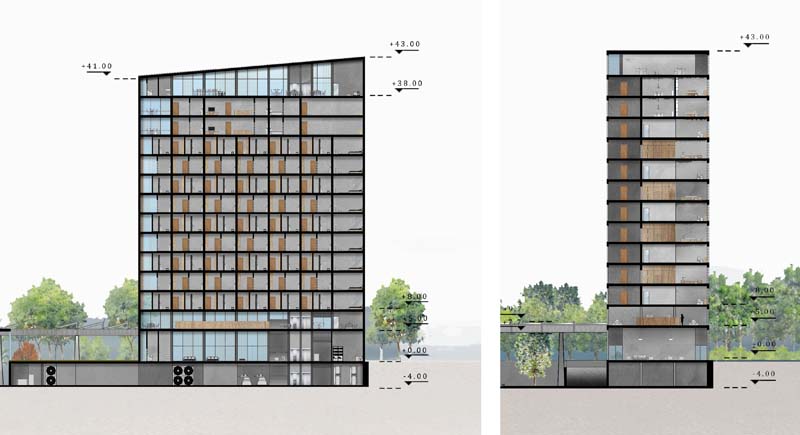

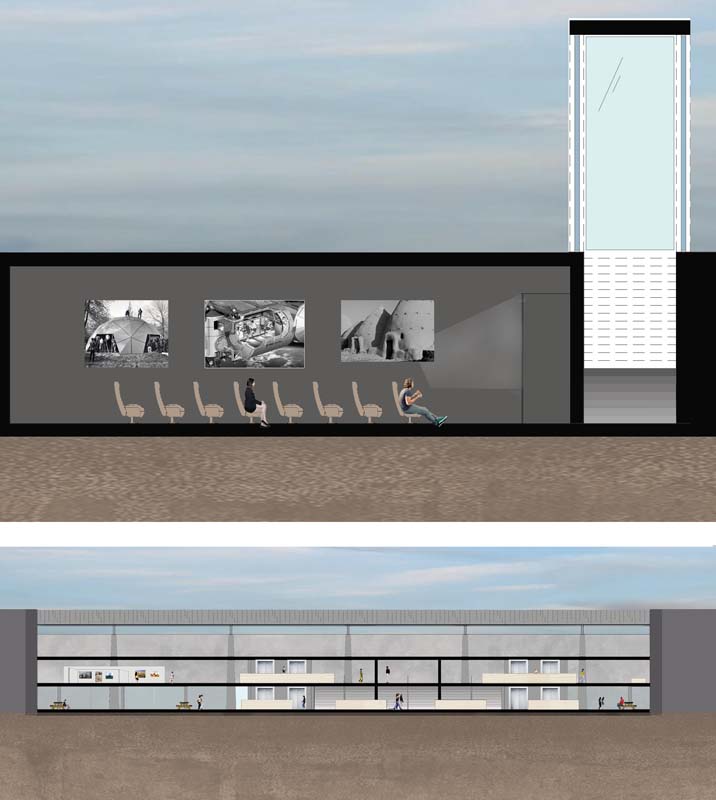

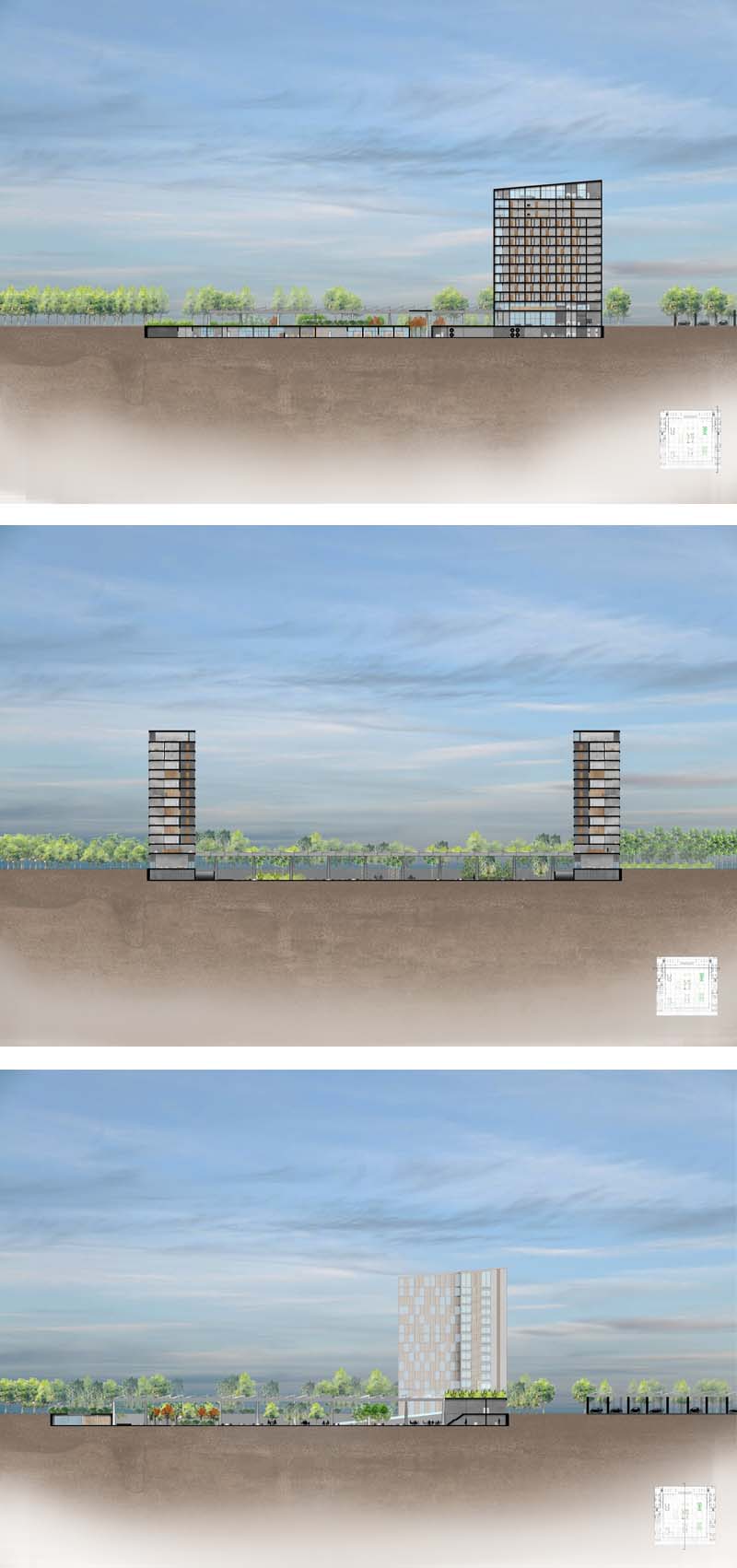

Throughout history, people have built shelters that suit the environment in which they live. Based on a set of criteria - including access to tools, availability of materials and type of climate - people from all over the world are constantly reinterpreting, re-imagining, redefining the meaning of home and so people have built theirs over the centuries.
For many of us, a home is a four-sided building on a permanent foundation. But for others, it's an igloo, a cave, or even a boat. In the following diploma will be explored, will be organized in program and design, the idea of a museum for the world Architectural Art, the way and the achievements of human ingenuity in the construction of houses in different natural environments.
This museum includes a system of spaces protected from the weather, underground with an exhibition core, leisure, knowledge and collective events, as well as a hotel unit. More specifically, there are functions such as warehouses and offices to serve the staff of this museum.
Also, in the units where they contribute to the leisure and comfort of the visitors there are two (2) restaurants, two (2) small cinema spaces, a space for explanation and analysis of the exhibits, a shop for the sale of relevant souvenirs, and a library with some interactive spaces for better interpretationof "dwell".
Our aim is for the proposal to include in addition technological-aesthetic configurations for energy autonomy, thermal balance, functional atmospheric comfort (heat, sun, ventilation, shading) as well as additional systems of passive behavior and reduced ecological footprint. Therefore, taking advantage of the floor plan of the exhibition space, where it will be located on the ground, photovoltaic systems and technical lighting systems were placed under them.
Supervisor: Stylidis Iordanis
Reference Number: 954


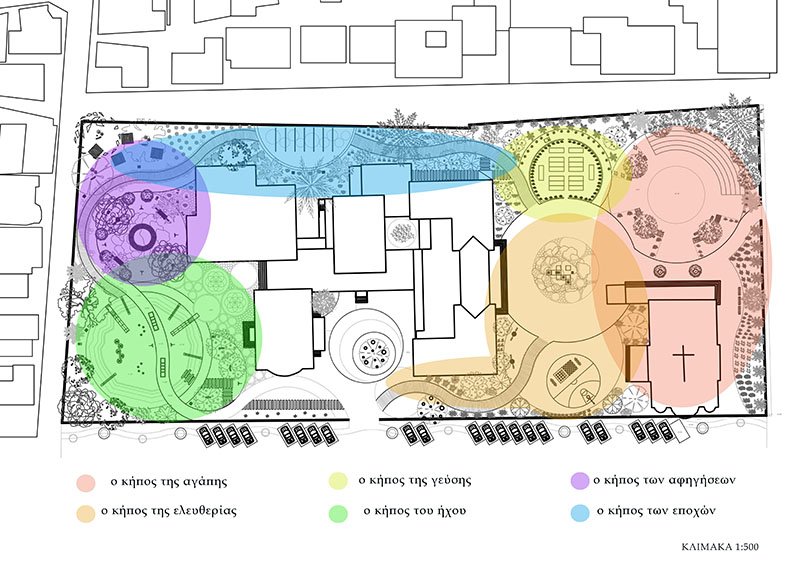

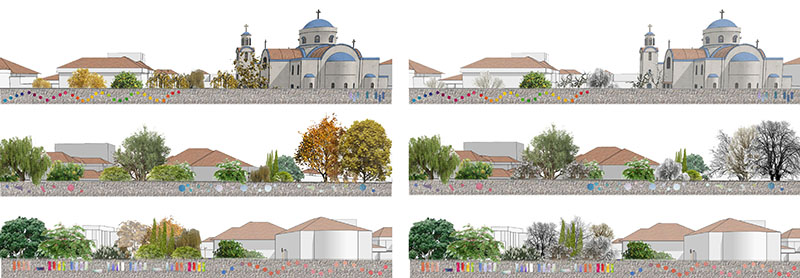

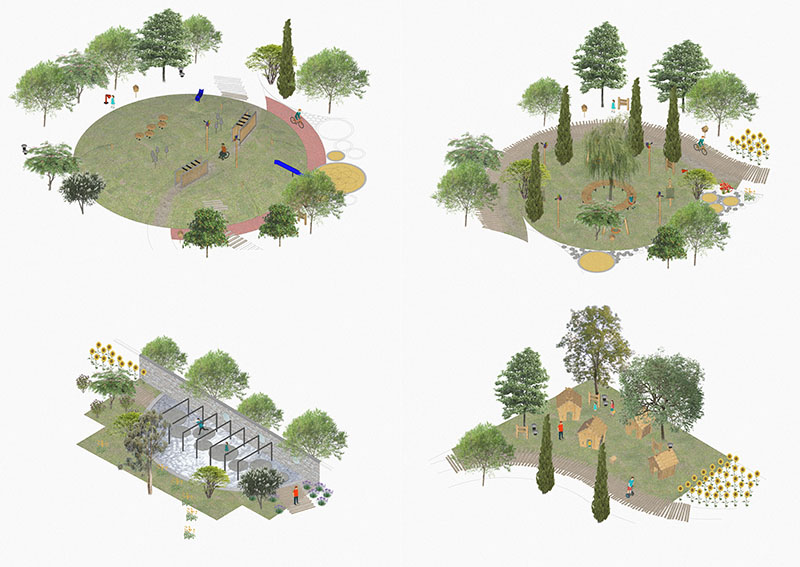

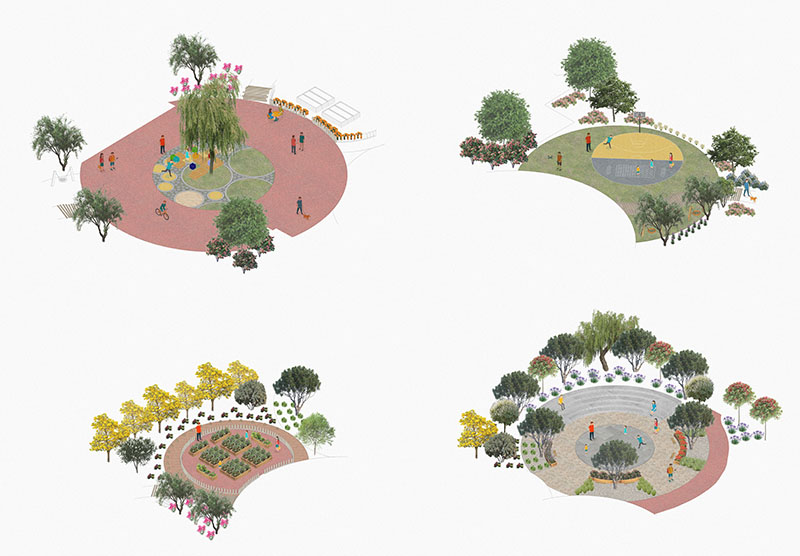

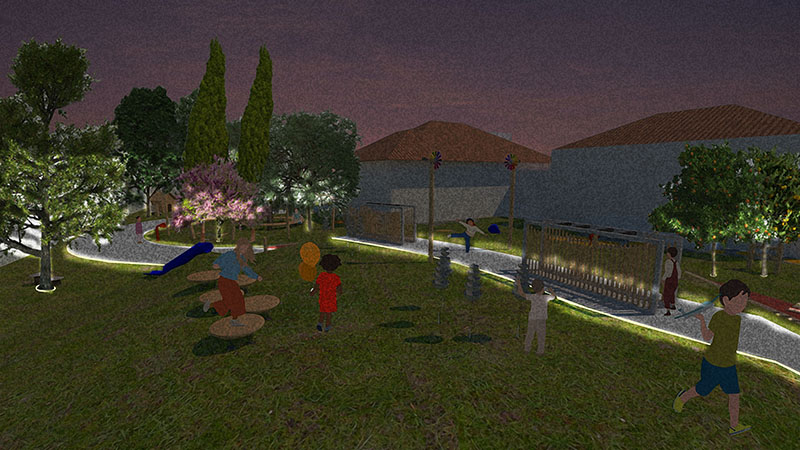

This thesis aims to create a therapeutic landscape in the form of a musical healing garden at the orphanage of Volos. The composition of Mediterranean trees, plants and herbs combined with various musical constructions, is the core of this idea. In the times we live in, a post-pandemic era so to speak, where the mental and physical health of a person is of primary importance, as never before, there is a growing interest in gardens and the addition of more and more greenery to our daily living landscape, but also creative and educational employment in outdoor and airy spaces. For the design of a musical therapeutic garden at the orphanage of Volos, it was necessary to carry out research and on-site collaboration with the students. The experimental results proved that the inmates of the orphanage receive little sensory stimuli that benefit their developmental physiology in their daily living. In order to achieve this, it is required to design a variety of sounds, taste and smell experiences, visual and tactile conditions to motivate and encourage them to explore the world around them, while at the same time providing the required calmness of the brain neurons. The fantastic garden soundscape, through the constructions and plantings, aims to improve the intellectual and mental development of children. Creative activities with objects and sounds in a green environment that provides oxygen can ultimately help and heal the children from their difficult past but also can become an ally in their demanding present.
This particular thesis has as fields of influence and study the following scientific branches: Landscape architecture, acoustic ecology - soundscape, child development and psychology, botany and homeopathic medicine, music therapy and psychogeography.
All these areas were studied and implemented for the design and creation of the garden in the courtyard of the Orphanage of Volos.
Supervisors: Manolidis Kostas, Marou Thalia
Reference Number: 985

